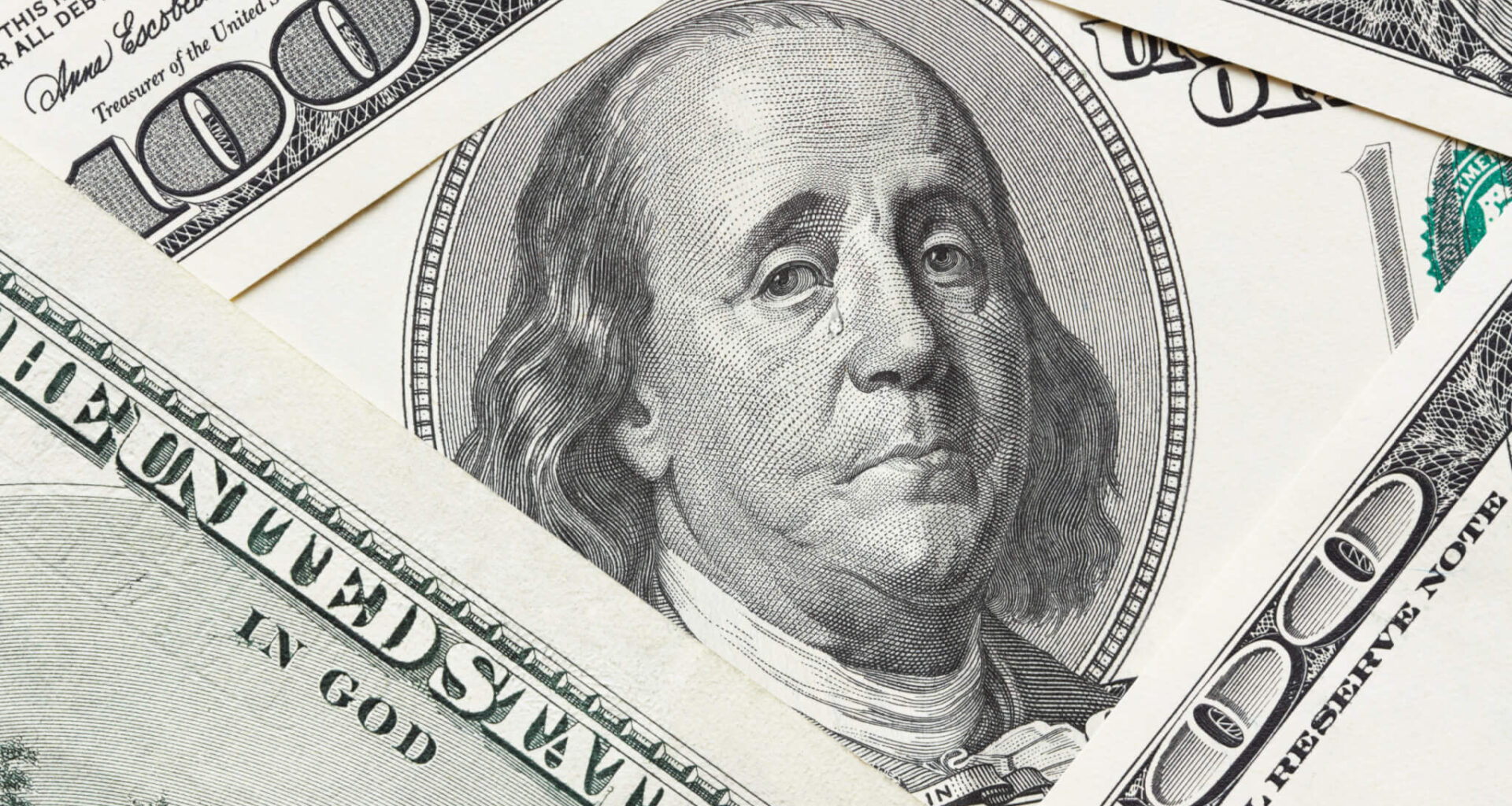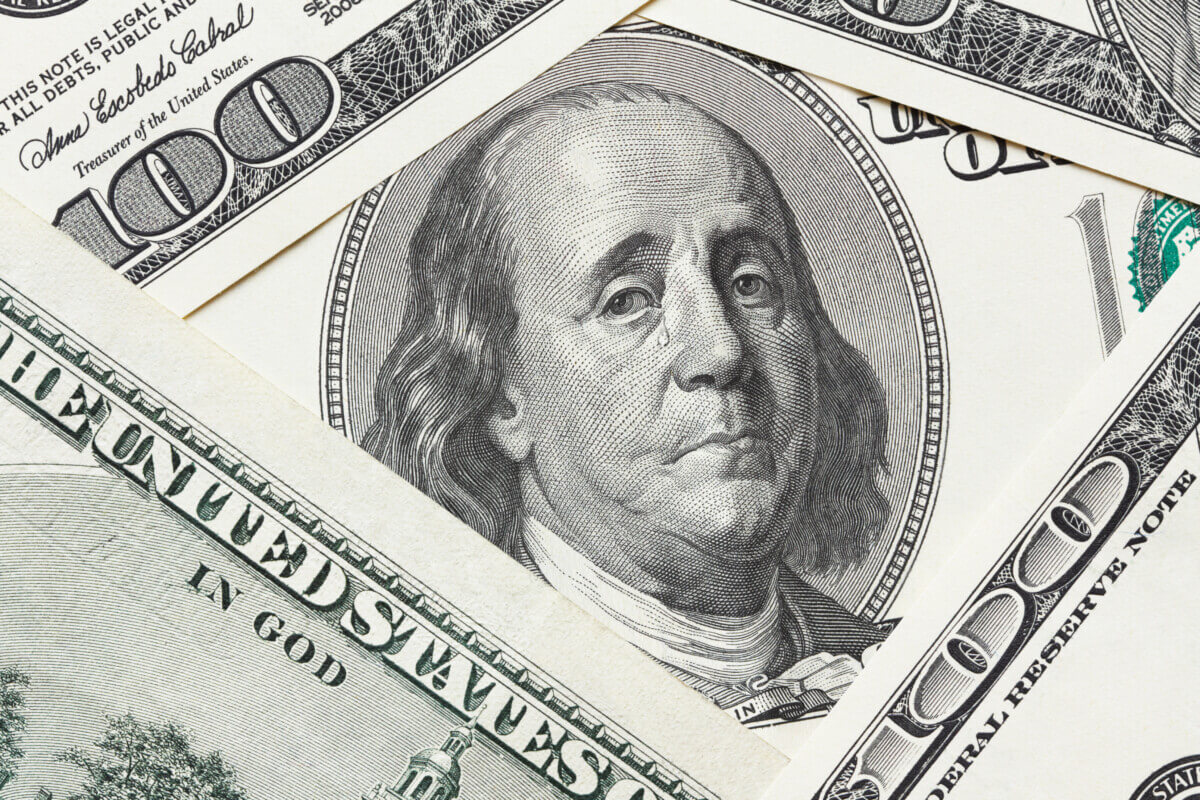(© Roman Samokhin – stock.adobe.com)
In A Nutshell
62% of Gen Z have no emergency savings, nearly double the rate of baby boomers.
51% of Americans would use a credit card for a $500 emergency, with usage jumping to 70% among students.
Two-thirds of consumers have six months or less in savings, with Gen X the least prepared.
76% lack a credit card set aside for emergencies, relying instead on everyday-use cards.
LAS VEGAS — Your car breaks down on a Tuesday morning, and the repair bill comes to $500. If you’re part of Generation Z, there’s a good chance you have nothing set aside to cover it. A new survey from Credit One Bank reveals that 62% of Gen Z have no emergency savings at all, nearly double the rate of baby boomers. There’s a very clear widening gap in financial preparedness happening between generations.
The study, which surveyed 1,150 Americans, found that while older generations have had time to build financial cushions, younger adults are entering adulthood with far less of a safety net. Many lean more heavily on credit cards when faced with unexpected expenses, especially those under 35 and students.
When asked how they’d handle a $500 emergency, 51% of all consumers said they’d turn to a credit card, with that number rising to 60% among respondents under 35 and 70% among students. The findings highlight a significant disconnect between the common advice to “use cash” and the reality of how people actually respond in a crisis.
Gen Z and Millennials Rely Heavily on Credit Cards for Emergencies
Generational differences in preparedness are clear. While 65% of baby boomers have cash on hand for emergencies, Gen Z faces the most severe savings shortfall, with nearly two-thirds having no emergency savings at all.
Gen X is the least prepared to weather long-term financial shocks. About three-quarters (74%) don’t have more than six months of savings, with millennials (71%) and Gen Z (68%) not far behind.
Credit reliance becomes more pronounced in larger emergencies. One in four Gen Z and millennials say they’d max out their credit cards to handle a financial emergency. Nearly half (48% of Gen Zers and 47% of millennials) say they’d even go over their credit limit, knowing they’d face a penalty, compared to just one in three baby boomers.
About half of Gen Zers (48%) and millennials (49%) say they need a higher credit limit for emergencies, versus only 27% of baby boomers. Only 38% of Gen Zers have any emergency cash savings, making credit more necessity than choice for many.

Most Americans Have Less Than 6 Months Emergency Savings
Two-thirds of all consumers have six months or less in emergency savings, with many far short of recommended targets. High income doesn’t guarantee preparedness: just one in four people earning over $80,000 have enough savings to cover a year’s worth of expenses, and more than half (56%) wouldn’t last six months — only slightly better than the national average.
Among those with a rainy-day fund, preparedness varies widely. Married consumers are more than twice as likely as singles to have at least $2,000 saved (37% vs. 17%). One-third of adults 55 and older have reached that $2,000 milestone, compared to just one in five younger adults.
Overall, 54% of consumers have an emergency fund, but 16% have no savings at all and no plans to start one. Only 27% say they could cover a major expense without relying on credit.
Women More Likely Than Men to Use Credit for Emergency Expenses
Women are more likely to turn to credit cards in an emergency (44% vs. 36% of men), while men are more likely to rely on cash (64% vs. 56% of women). For a $500 emergency specifically, 55% of women would use credit, compared to 47% of men.
Credit reliance also differs by income and geography. Half of those earning under $40,000 say they’d use credit in a crisis, compared to just 35% of those making $80,000 or more. Urban residents are the most likely to see credit as a backup (48%), followed by rural residents (41%) and suburban residents (38%).
Most Americans don’t have a dedicated credit card for emergencies. In fact, 76% lack one entirely, meaning they’d rely on everyday-use cards as a fallback.
Cash Still Dominates Daily Spending Despite Credit Card Emergency Reliance
Despite the emergency credit trend, cash is still the most common payment method for daily expenses (79%), followed by debit cards (78%) and credit cards (66%). Mobile payments have grown to 31% adoption, while cryptocurrency remains niche at 7%.
Credit card ownership shows a generational divide: just 48% of Gen Zers have a credit card, compared to two-thirds of millennials and Gen Xers, and three-quarters of baby boomers. Gen Z and millennials are more likely to hold cryptocurrency than other generations (about one in ten), though Gen X and millennials lead in mobile payment adoption.
The survey paints a clear picture: while many Americans want to use cash for emergencies, limited savings often force them to lean on credit instead, pushing them into debt.
Methodology: Researchers from Credit One Bank drew responses from 1,150 participants across the United States, including men and women from a range of age groups, income levels, and geographic regions. Participants were asked about their current financial situations, how they handle unexpected expenses, and their plans for managing emergencies in the future. Researchers confirmed that participants had access to all major payment methods when answering relevant questions.


